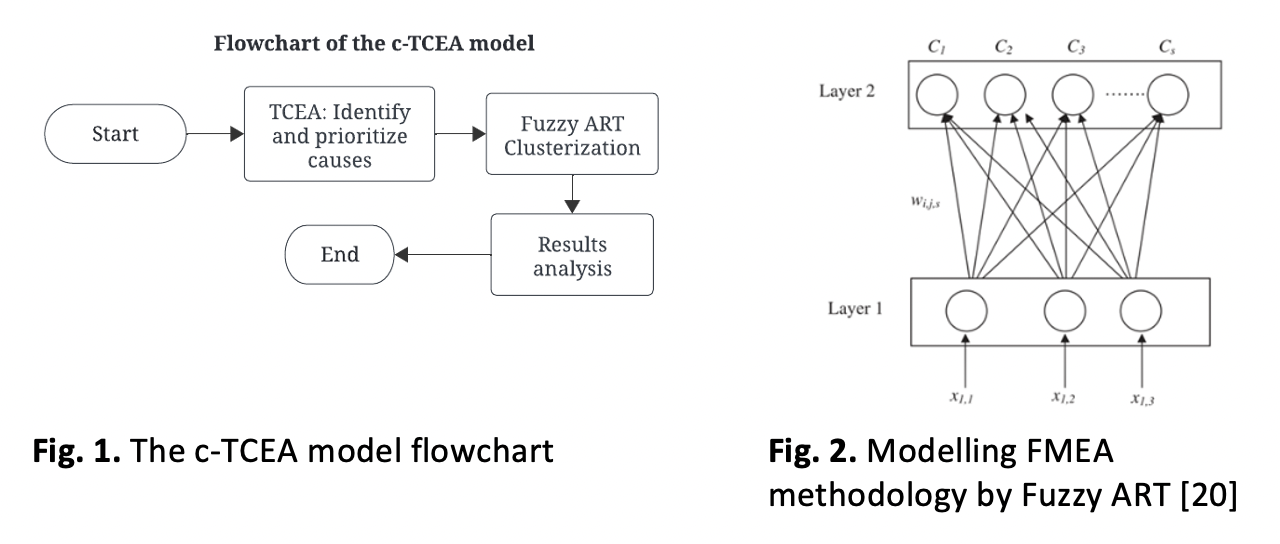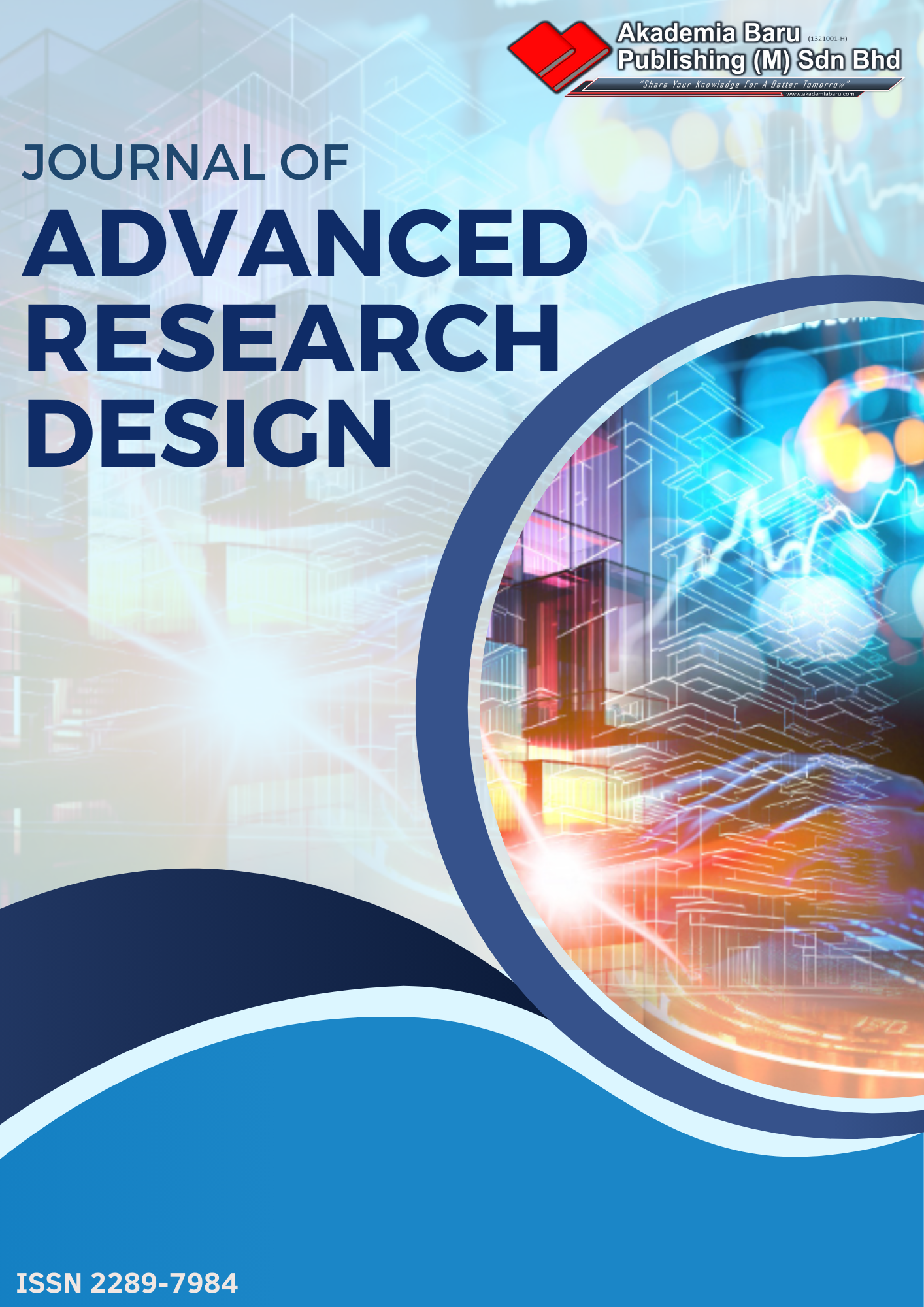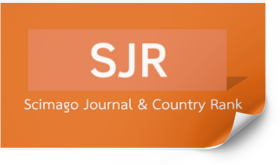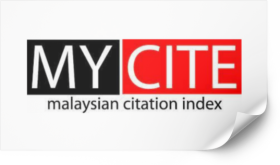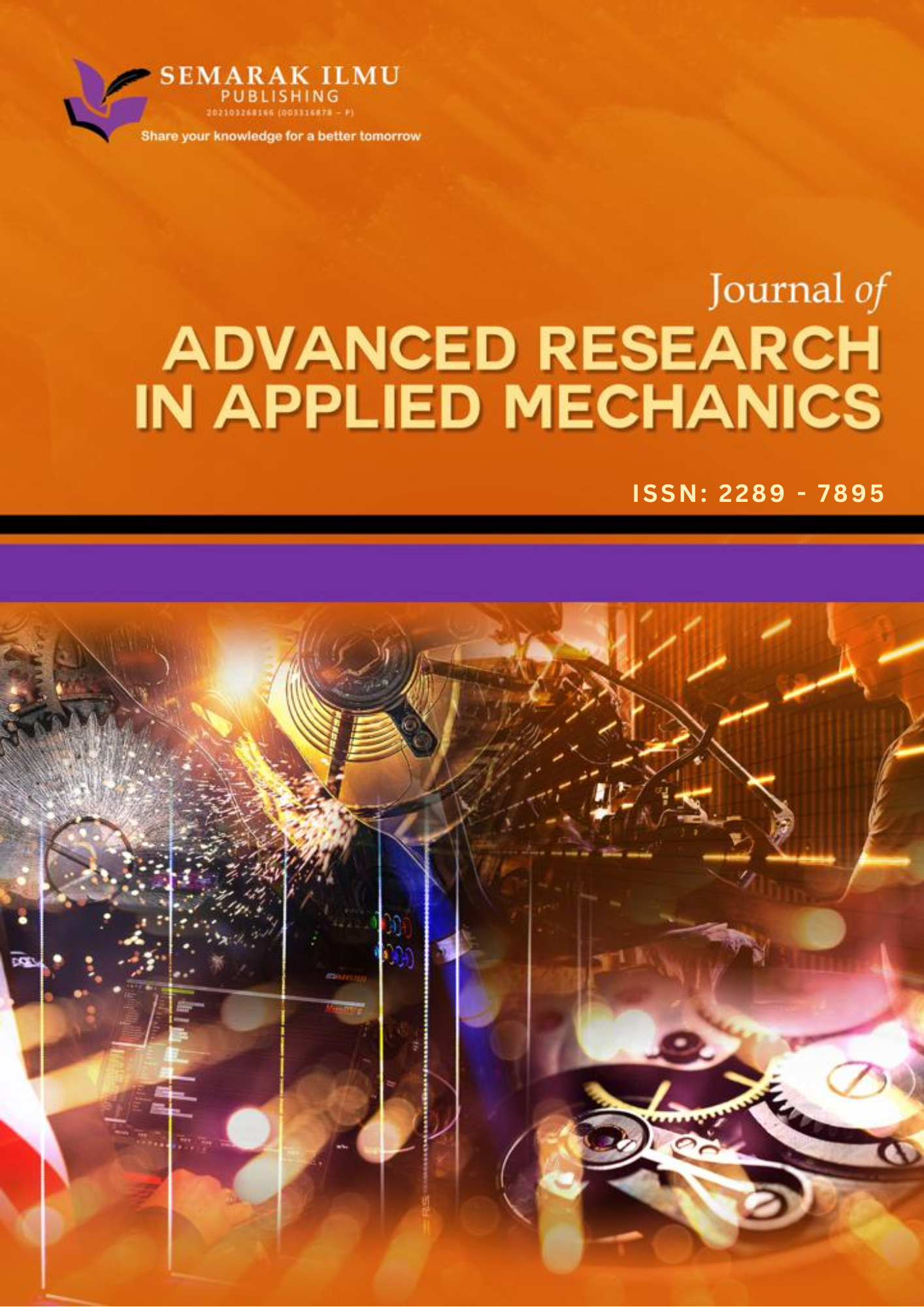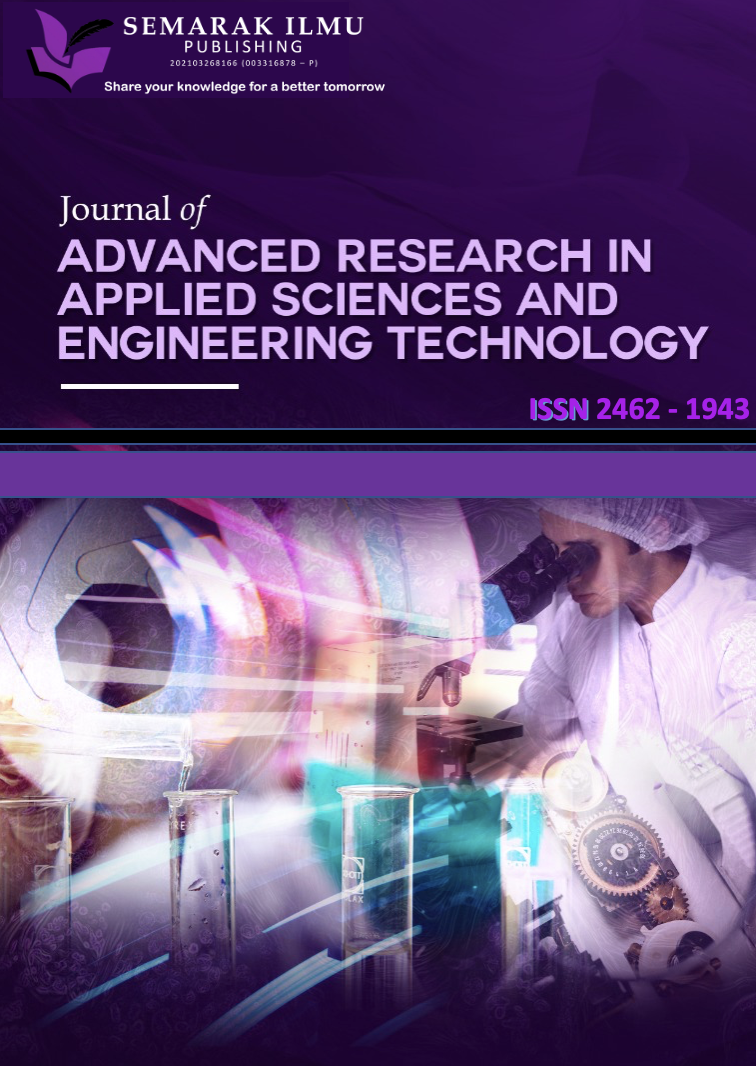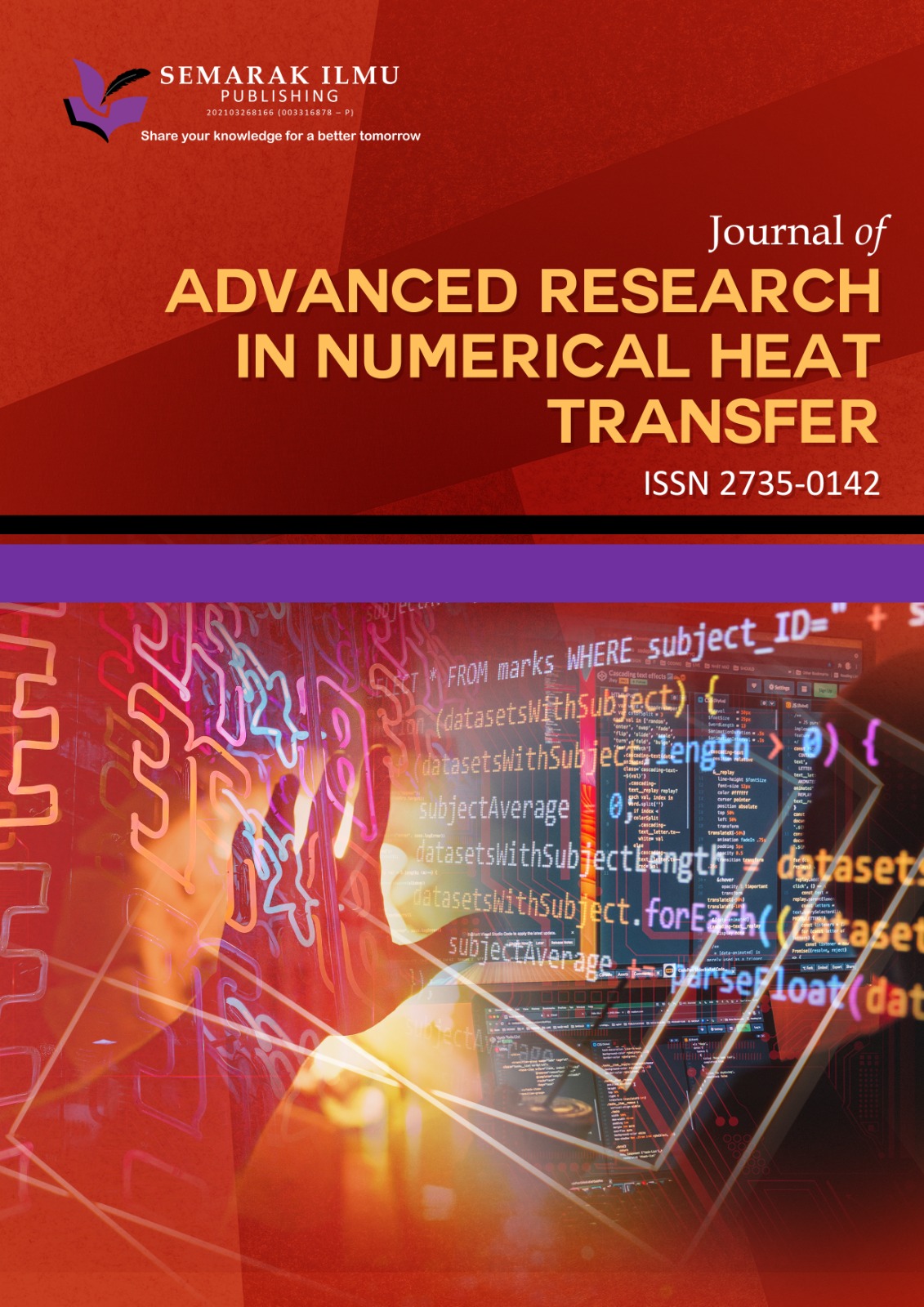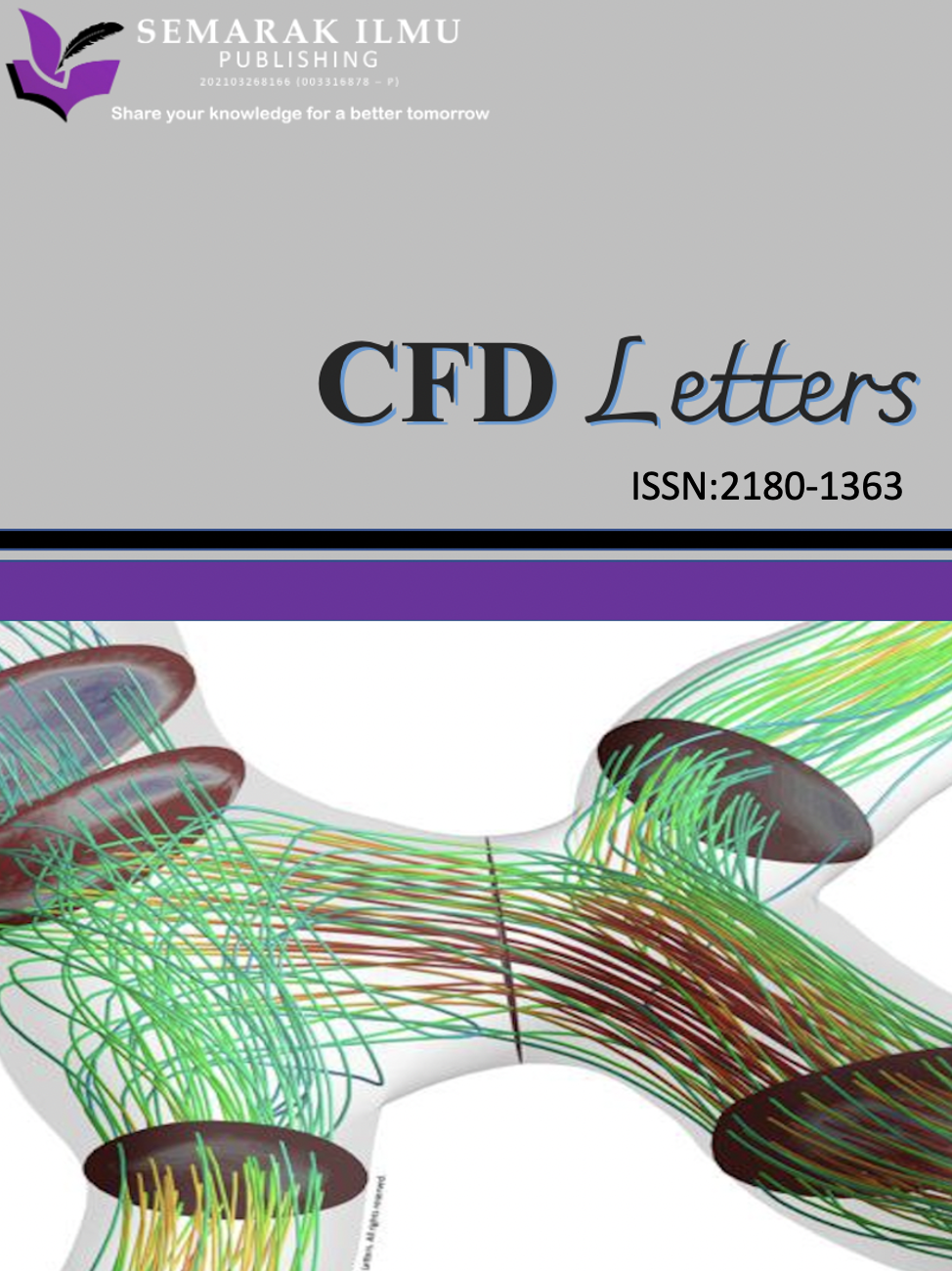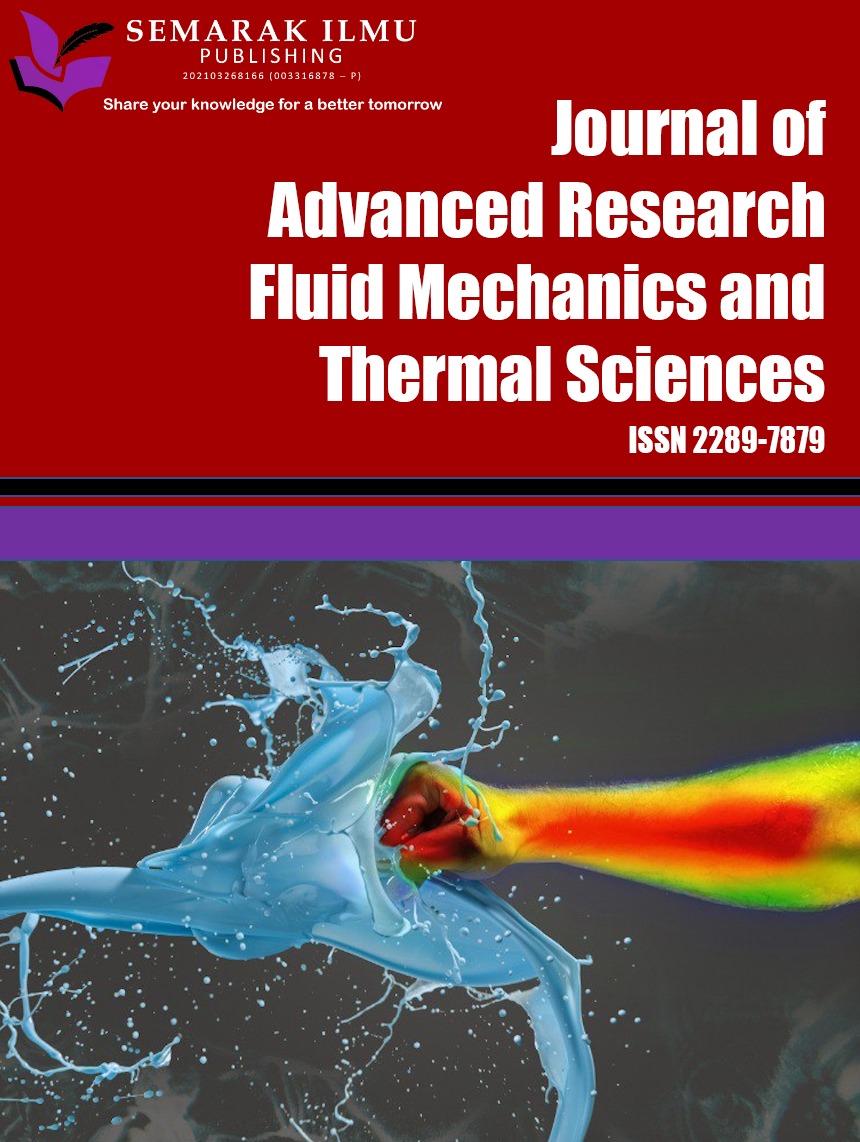Clustering-Transmission Causes and Effects Analysis (c-TCEA): A Fuzzy ART FMEA – Based Approach for Comprehensive Infectious Disease Risk Analysis
Keywords:
Fuzzy ART FMEA, COVID-19, c-TCEA, risk assessment, Infectious diseaseAbstract
This paper addresses the critical challenge of comprehensively assessing infectious disease risks, particularly within non-healthcare premises. The existing approaches for infectious disease risk analysis may lack the precision needed to thoroughly understand the complexities of disease transmission. The absence of a unified model that integrates Failure Mode and Effects Analysis (FMEA) with Fuzzy Adaptive Resonance Theory (Fuzzy ART) hinders our ability to adaptively analyse and prioritise risks associated with infectious diseases. To bridge this gap, our research introduces the Clustering-Transmission Causes and Effects Analysis (c-TCEA) model, designed to enhance the precision of risk analysis and provide a deeper understanding of the factors contributing to disease spread and its effects. By focusing on the infectious disease COVID-19, we demonstrate the adaptability of c-TCEA to dynamic disease dynamics and highlight its potential as a robust tool for comprehensive risk assessment. The clustered data output from c-TCEA offers a valuable foundation for prioritising and guiding the implementation of preventive and mitigation strategies.
Downloads
